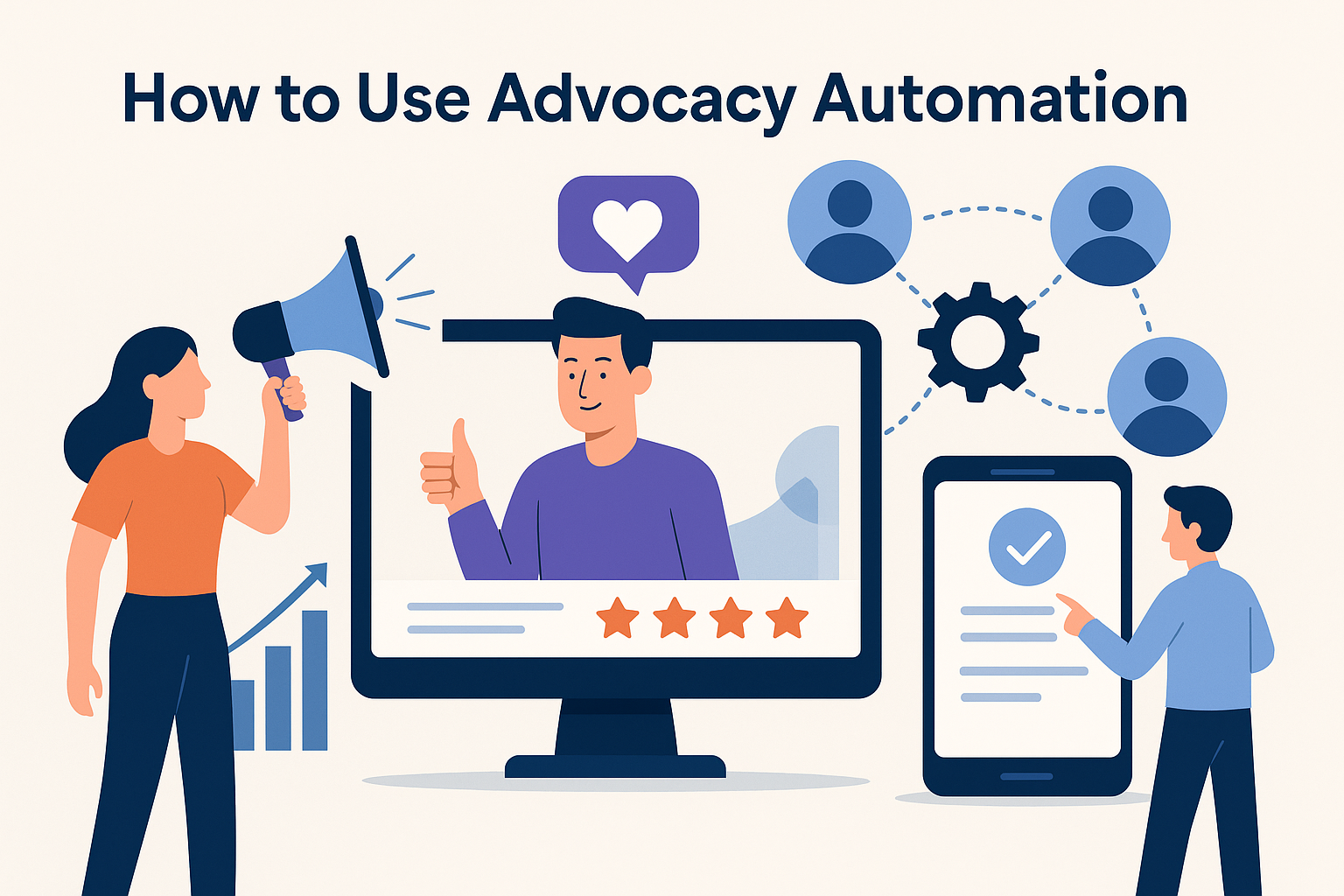How To Use Advocacy Automation

In today’s digitally driven marketplace, harnessing the power of advocacy is crucial for business success. Advocacy automation represents the fusion of technology with strategic communication, enabling organizations to amplify their brand message through the voices of their most passionate supporters. By automating processes to engage and mobilize advocates, companies can efficiently expand their reach, bolster credibility, and drive growth. If you’re looking to understand and leverage this game-changing approach, keep reading for insights and guidance.
Understanding Advocacy Automation and Its Relevance to Business Growth
Advocacy automation is the process by which businesses use software tools to streamline and enhance their advocacy campaigns. This technology enables the creation, management, and measurement of campaigns aimed at influencing public opinion or promoting policy change. With automation, time-consuming tasks such as segmenting target audiences, personalizing messages, and scheduling communications are simplified, leading to more effective advocacy efforts.
The relevance of advocacy automation in driving business growth cannot be understated. In an era where consumers are bombarded with an overwhelming amount of marketing, genuine word-of-mouth recommendations carry significant weight. Automated advocacy campaigns empower loyal customers and stakeholders to become brand ambassadors, spreading positive sentiment that can boost sales and build brand equity.
However, the implementation of advocacy automation must be strategic and thoughtful. It’s essential to align these efforts with overall business objectives and to continuously evaluate their performance. Doing so requires a foundational understanding of how to use advocacy automation to maximize impact, a topic we’ll explore further in this article.
Selecting the Right Advocacy Automation Tools for Your Organization
Selecting the right advocacy automation tools is a nuanced process that should align with your organization’s specific needs and goals. Different platforms offer varied features, such as petition creation, social media amplification, email campaigning, and analytics tracking. The initial step is to identify your advocacy objectives clearly, as this will directly influence the type of tool you’ll need.
Consideration must be given to the ease of use and integration capabilities of these tools. A powerful platform with a steep learning curve might be less effective if it impedes your team’s efficiency or fails to integrate with existing technology stacks. Conversely, a user-friendly tool that seamlessly aligns with your current systems can foster greater productivity and a quicker ramp-up time for advocacy campaigns.
It’s also important to assess the scalability of the tool. As your organization grows and advocacy efforts expand, your tool should be able to accommodate increased volume and complexity without compromising performance. This often includes features like advanced segmentation, A/B testing, and robust reporting to continually refine and enhance your advocacy efforts.
Best Practices for Integrating Automation Into Your Marketing Strategy
Integrating advocacy automation into your marketing strategy requires a deliberate approach that balances technology with human touch. Start by ensuring that your messages resonate with your existing marketing narrative to maintain brand consistency. The most effective advocacy campaigns feel authentic and align with the broader company voice.
When integrating automation, it’s essential to segment your audiences effectively. Detailed segmentation allows for more personalized outreach, which is more likely to engage advocates and prompt action. Using data insights and automation, tailor your messages to reflect the interests and behaviors of different supporter groups for maximum impact.
Training your team on the nuances of automation is another important practice. They should understand how to operate the tools and learn the strategic rationale behind different types of campaigns. Empower them to think creatively about how advocacy can bolster your marketing goals, from raising awareness to influencing public policy or driving product adoption.
Overall, the potential of advocacy automation to influence business growth is vast, but success hinges on strategic implementation and ongoing optimization. By selecting the right tools, integrating them seamlessly into your marketing strategy, measuring performance rigorously, and staying alert to future trends, businesses can revolutionize their advocacy efforts and drive significant results.



